If you’re keeping track, we’re on Day 3 of my Vancouver travels. Today’s trip report is going to focus on my museum day, where I visited two of Vancouver’s best museums: The Anthropology Museum and the Museum of Vancouver. I also went to Kitsilano Beach and went back to Granville Island. So get some pancakes with maple syrup and get ready to dive into today’s trip report!
Subscribe to my Youtube channel @ Stephen Flores Travel, like me on Facebook at Passport Perspective, and follow me on Instagram / Twitter / Tiktok @StephenJFlores. And now let’s get on with my day!
A Jammin’ Breakfast
I began my morning by waking up early. I decided that, since this was going to be the rainiest day of the entire trip, I was going to spend it doing indoor attractions. This started with me heading to Jam Cafe in Kitsilano for some pancakes with Canadian Maple Syrup. This was one of the things I wanted to try the most since maple syrup is a staple of the Canadian food scene.
I packed everything I would need for the day and headed out to Jam Cafe. I walked the entire way from my Airbnb to the cafe, which took about 20 minutes. It was a nice walk through a charming neighborhood, and I was just listening to music as I was strolling along. I then got to the main thoroughfare (or at least I thought it was the main thoroughfare) of Kitsilano. I then found the restaurant and quickly got seated inside at the bar.
I ordered my pancakes and they came out in about 15 minutes. I also ordered extra maple syrup because that was the whole reason why I was there so I thought I might as well just douse my pancakes in them. And I have to say, it surpassed my already high expectations. The pancakes were warm and fluffy, and the maple syrup tasted sweet but not in an overbearing way. It was the perfect amount of sweetness for me, and I would recommend both the pancakes and the restaurant to anyone visiting Vancouver.
I finished up my meal, paid my bill, and began my long walk to Kitsilano Beach.
A Dreary Beachside Romp
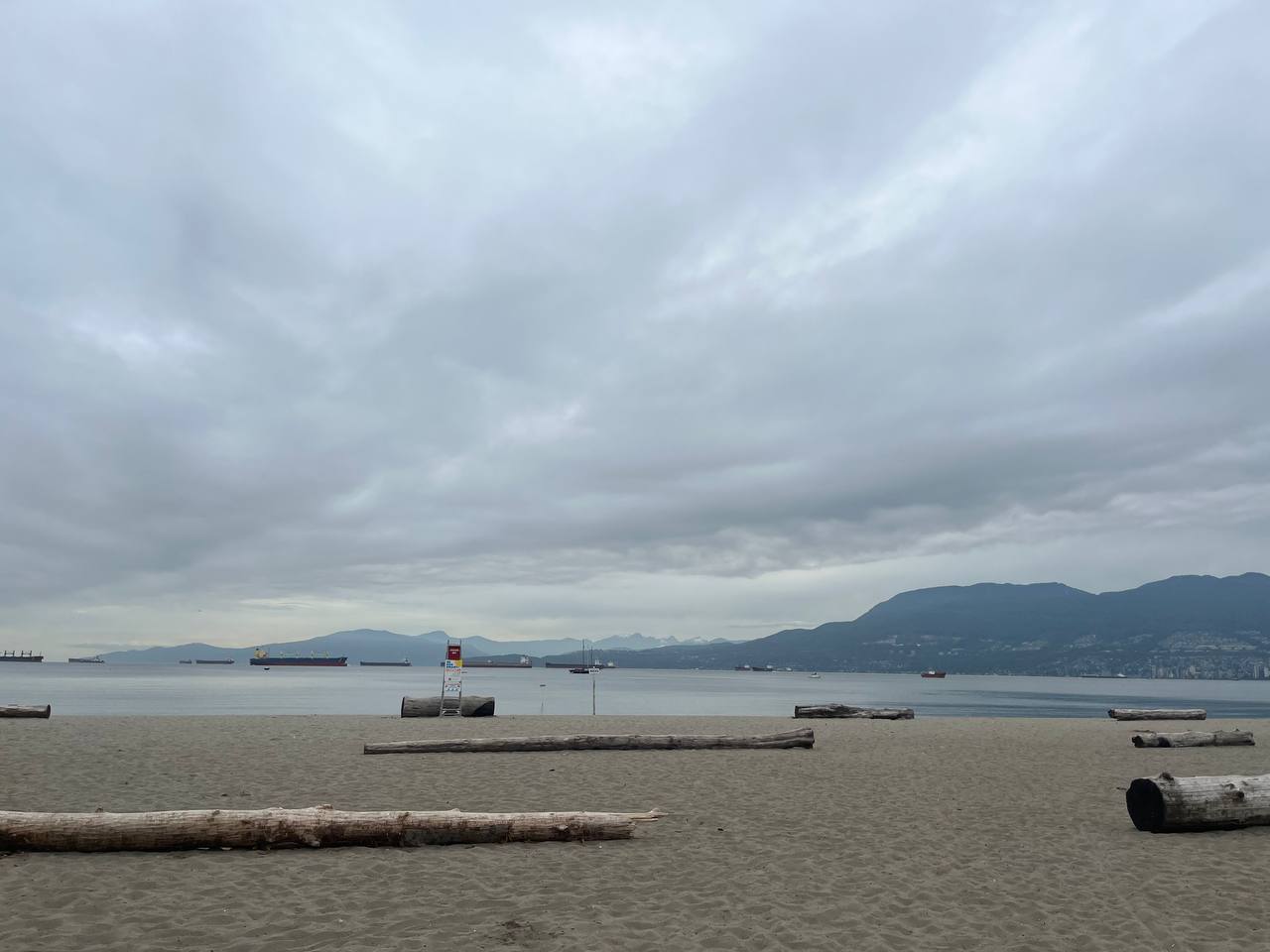
After walking for another 10-15 minutes, I ended up at Kitsilano Beach. Kitsilano is a laid back residential area located on the south side of the city. Back in the day it was considered the hippy area of Vancouver, but now it’s more known for being the birthplace of international athleisure brand Lululemon. While it’s home to a couple of museums, the most famous thing to do at Kitsilano is to go for a walk on the beach. When I was there, it was a very overcast day, so it wasn’t the ideal time to be at the beach. But still, the beach was teeming with life. There were people playing volleyball, joggers running on the beach, and pet owners taking their dogs on walks.
A calm vibe immediately washed over me as I plugged my earphones into my ears, put on some chill music, and walked along the beach. Something about the view I was witnessing of the Burrard Inlet and the surrounding mountains, along with the music I was playing, just filled me with an immense sense of calm. As fun as it is to be on the go, taking time to step back and just appreciate where you are in the world is something everyone must do at least once per trip.
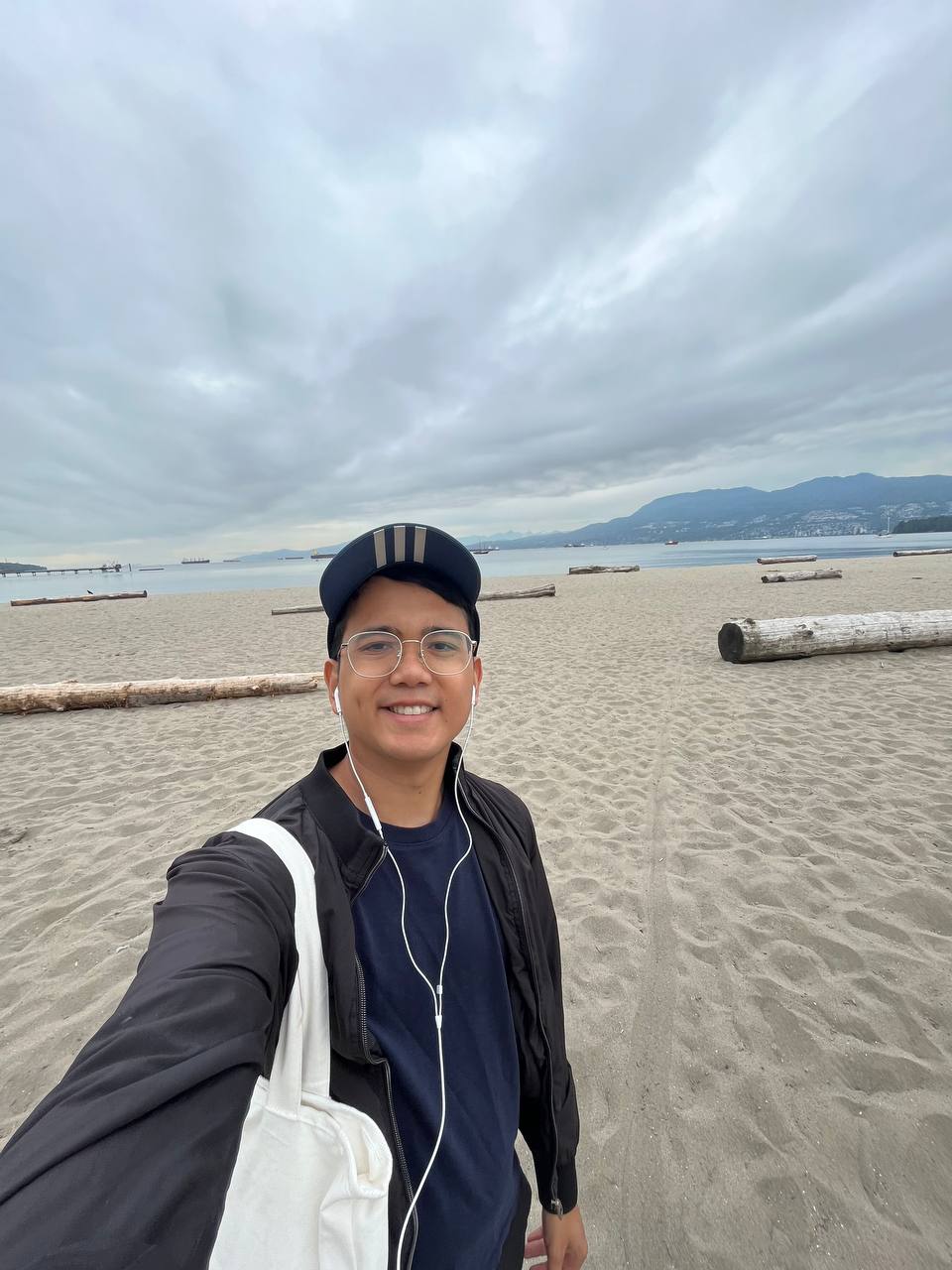
I decided to kill time because my second stop of the day wasn’t open yet, so I wandered up and down the beach, people-watching as I was strolling by. I wish I could relive that moment, even if the weather conditions weren’t the best. I noticed that there were some restaurants and shops near the beach, which I wasn’t able to visit because I never found time to go back to this beach. But for the views and vibes alone this was one of the more memorable places I visited on the trip.
I decided after a while that it was time for me to go to my next stop, which was the Museum of Anthropology at the University of British Columbia (UBC). Since it was beginning to rain at this point, and because the bus stop at UBC was located far from the museum, I decided to take an Uber that would drop me off right at the entrance.
Land of a Thousand Trinkets

I arrived at the museum right as it was about to open at 10am. I waited with a couple of other people outside the museum, and when it opened I was one of the first people to buy a ticket. I quickly paid the entry fee and was soon let into the main museum area. I will say, this was one of the best museums I’ve been to, mostly due to the sheer amount of artifacts on display. There were probably hundreds of thousands of different things on display from all over the world.

The museum started when UBC acquired the Frank Burnett Collection in 1927. These items were first displayed in the basement of one of the UBC buildings, but were eventually expanded into the museum it is today with some help from the Canadian and Vancouver governments. It actually just underwent a four-year renovation to make the building earthquake proof, and reopened to the public about two weeks before I visited, which meant everything was brand new. The museum had items from all over the world, although their main artifacts were from First Nations tribes, including a lot of totem poles that must’ve been 20-30 feet tall.
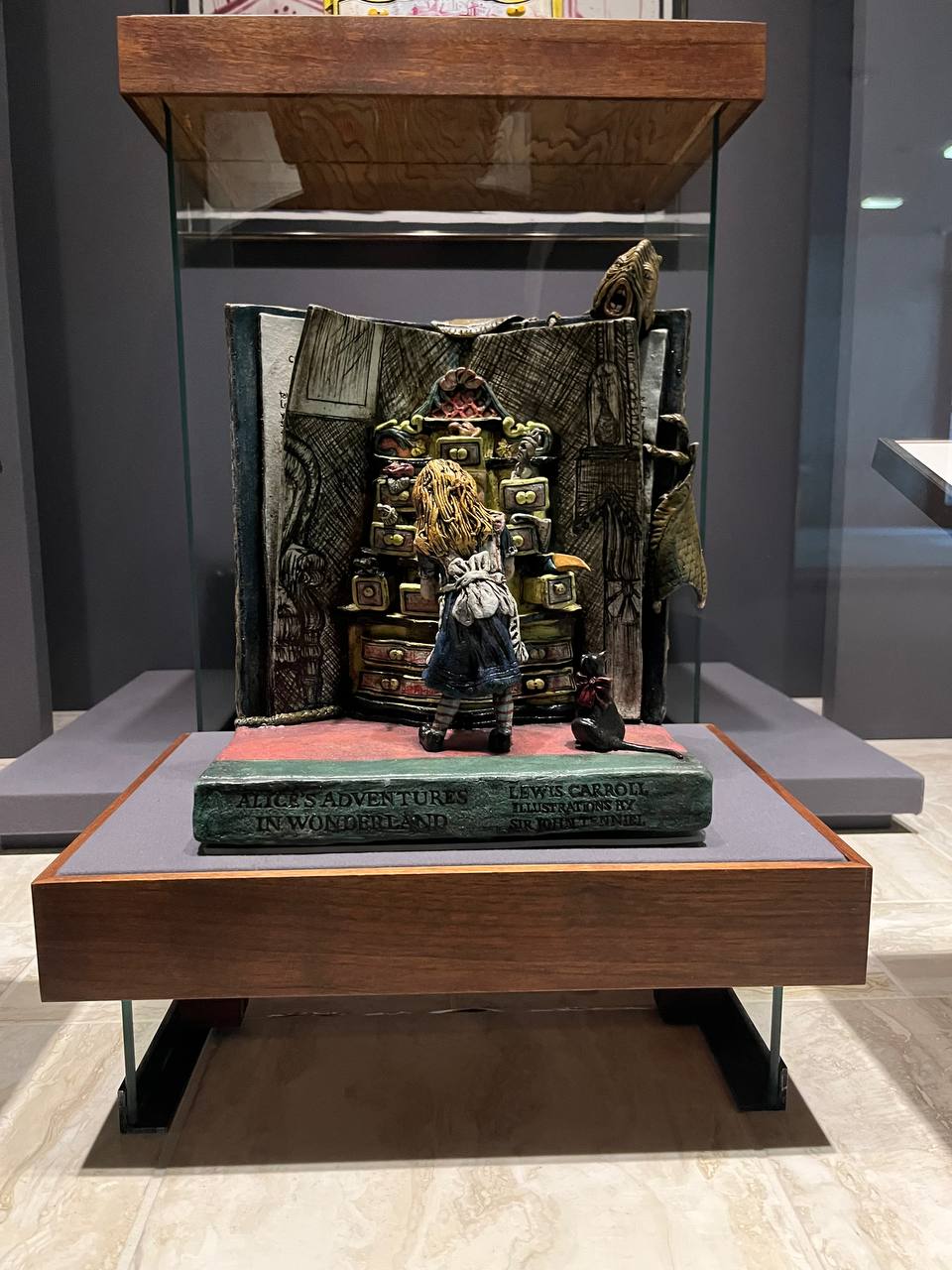
I at first admired the different artifacts in the little hallway connecting the lobby with the main floor. It was full of First Nations antiquities like oars, canoes, and carvings. I then turned left and headed for the first exhibit which featured ceramic pieces from all over the world. Their designs were intricate, with my favorite one being a piece that was inspired by Alice in Wonderland.
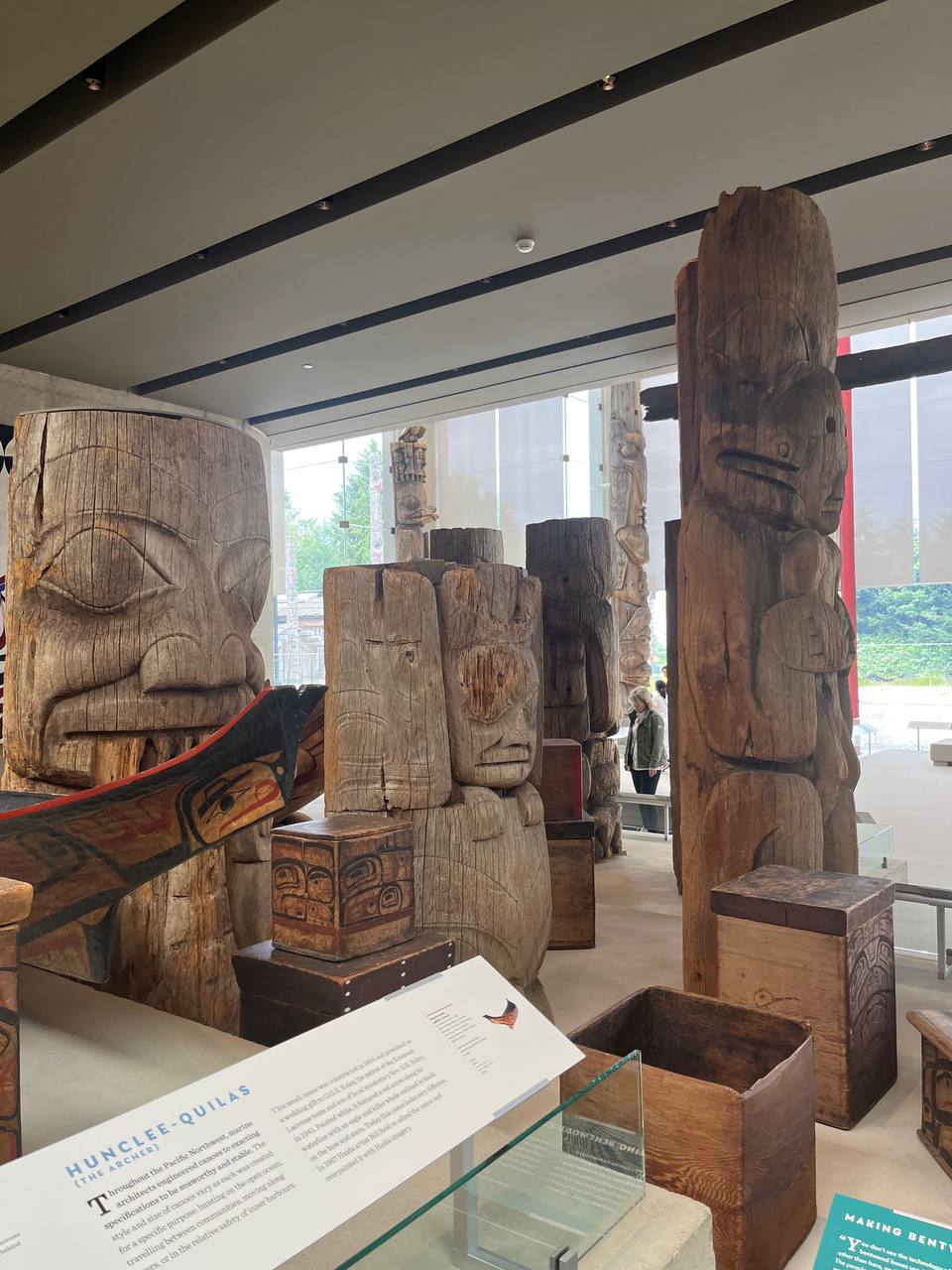
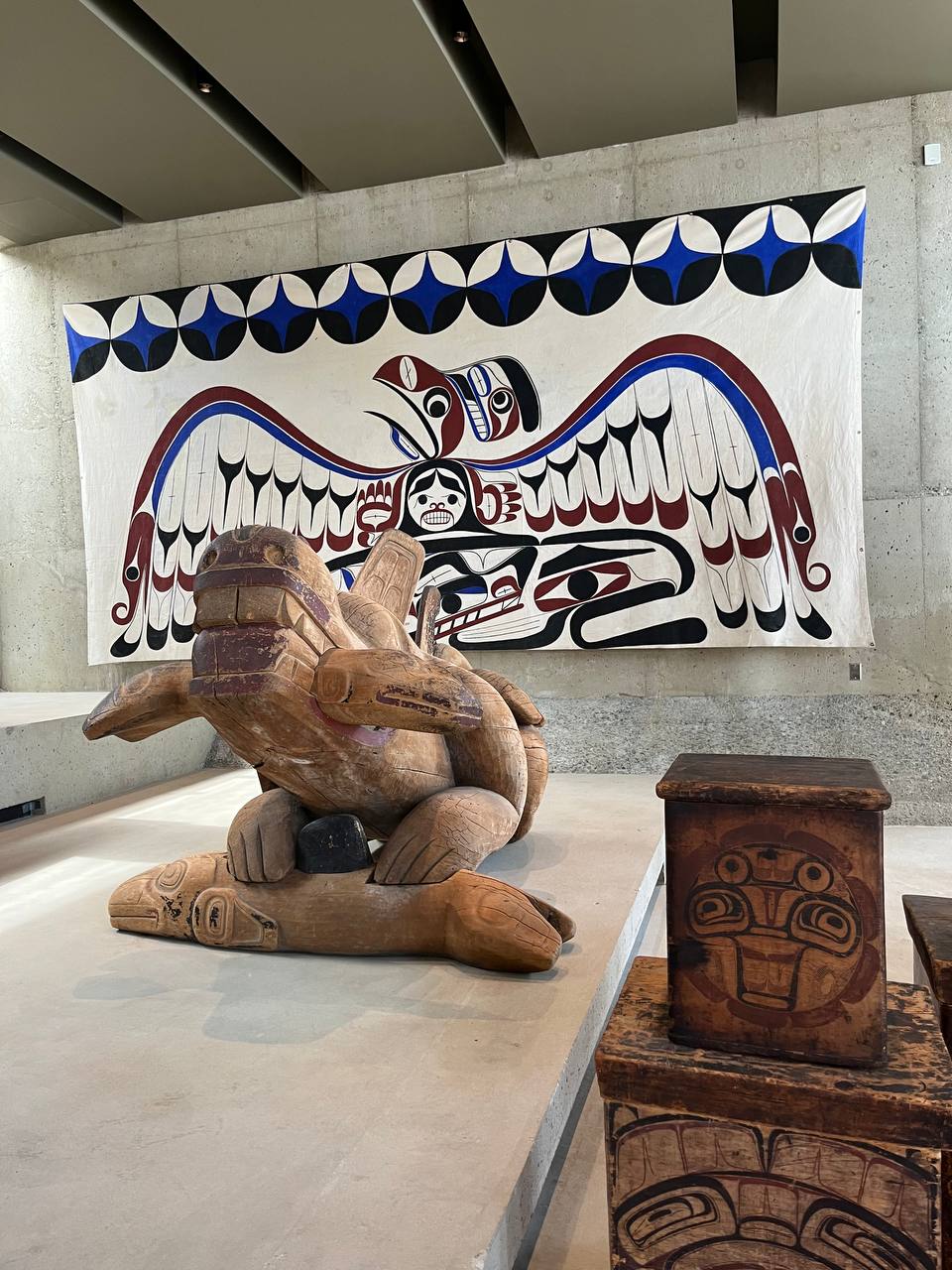
After wandering through the ceramics gallery, I visited the main hall. This was the highlight of the museum for me, featuring totem poles and other First Nations carvings. I was surprised to learn that a lot of these totem poles were actually recently made, and as I mentioned some of them stretched about 20 to 40 feet in the air. It was such a cool experience getting to see all these First Nations carvings and read about what they represent. I learned from this area that totem poles actually tell a story, whether that be a fable or a family lineage. This museum did a fantastic job with its artifact descriptions, with all of them being very informative.
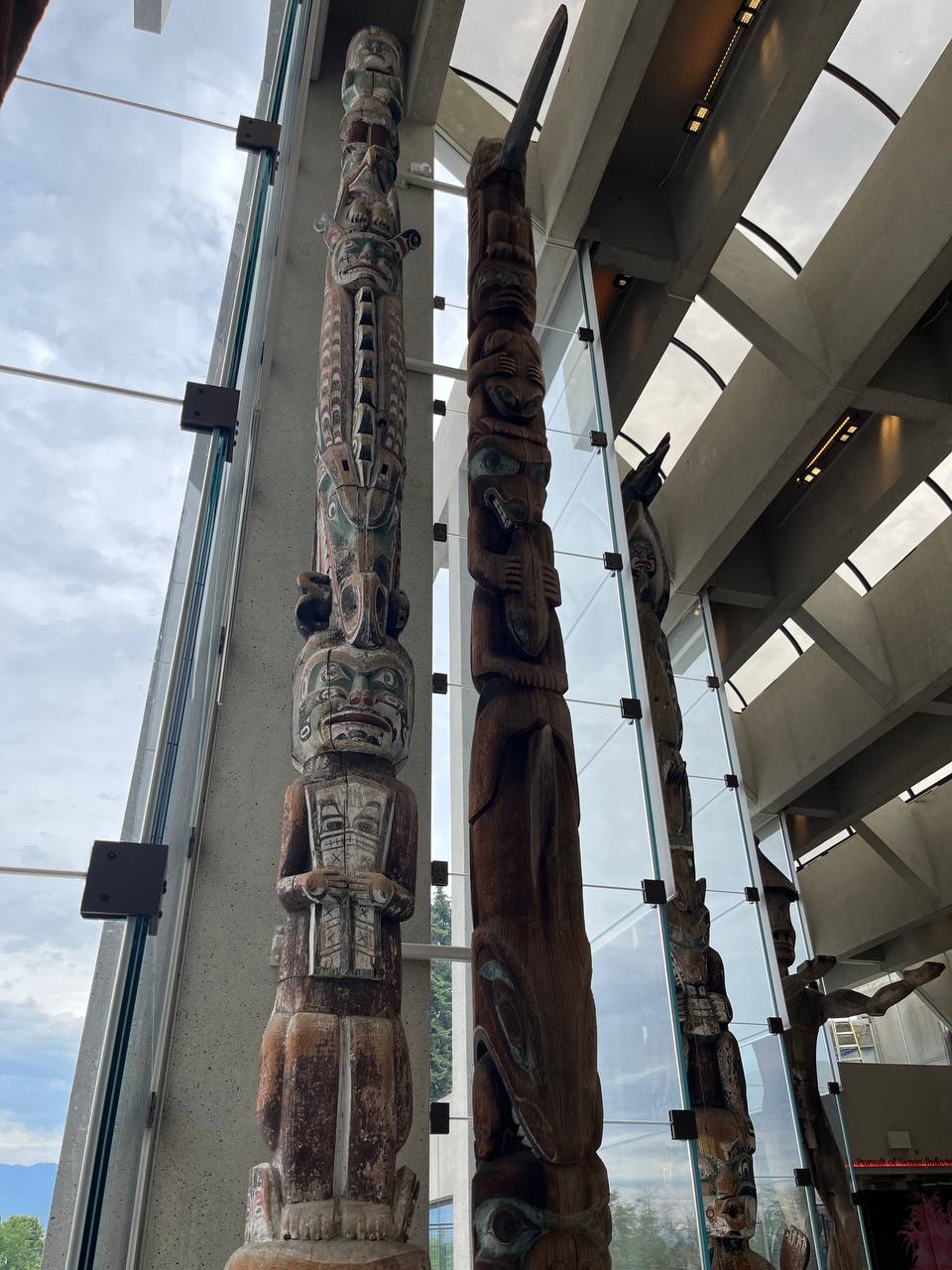

After that I entered the remaining galleries. One of them was showing this continuous movie on a large wall, while the others had more First Nations artifacts. But the most jaw-droppingly crazy part of the museum was its archives section. I’m not even sure it’s called the archives section, but it must have been their archives because within it were hundreds of display cases and shelves, each showcasing hundreds of artifacts from around the world.
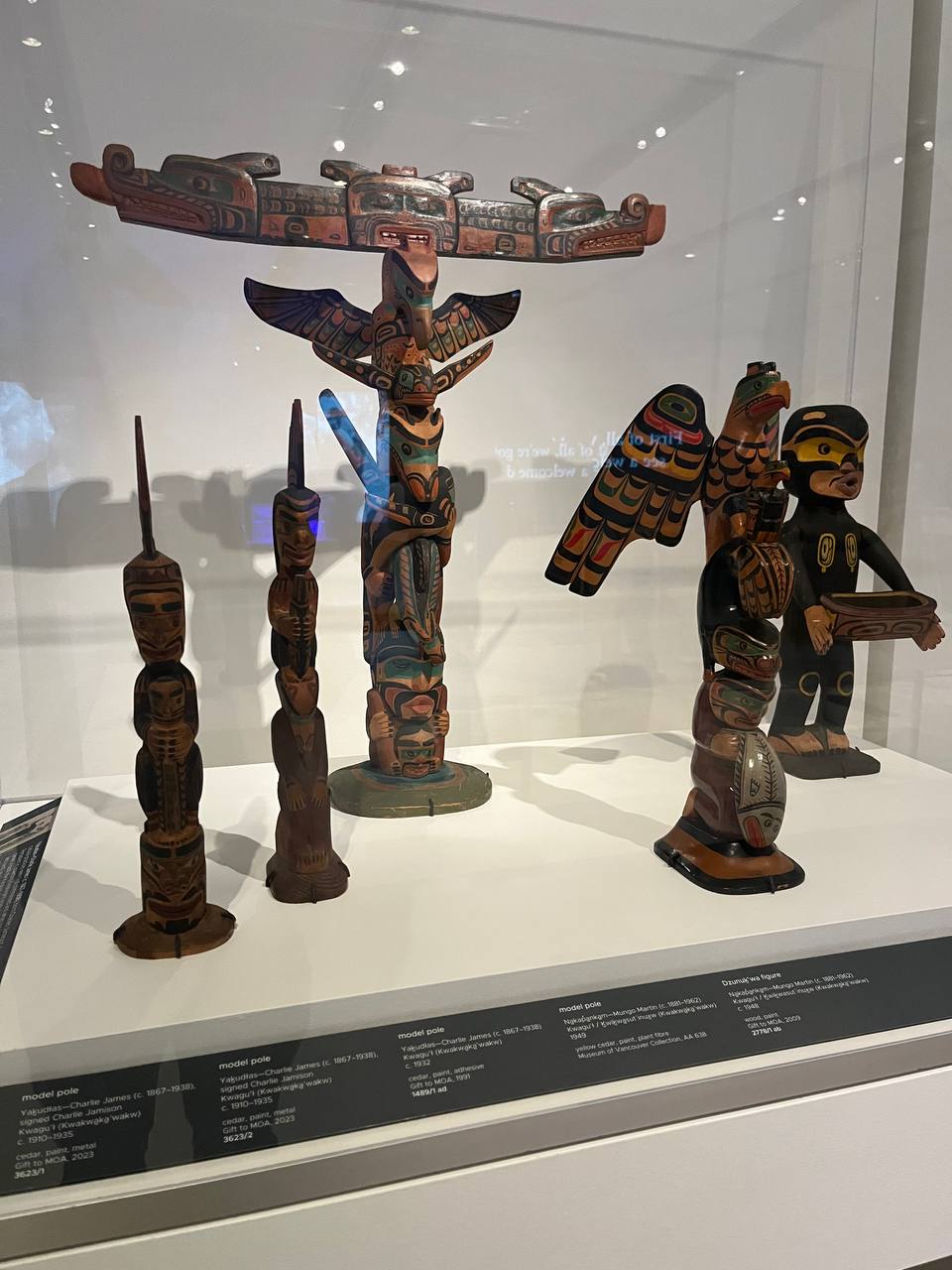
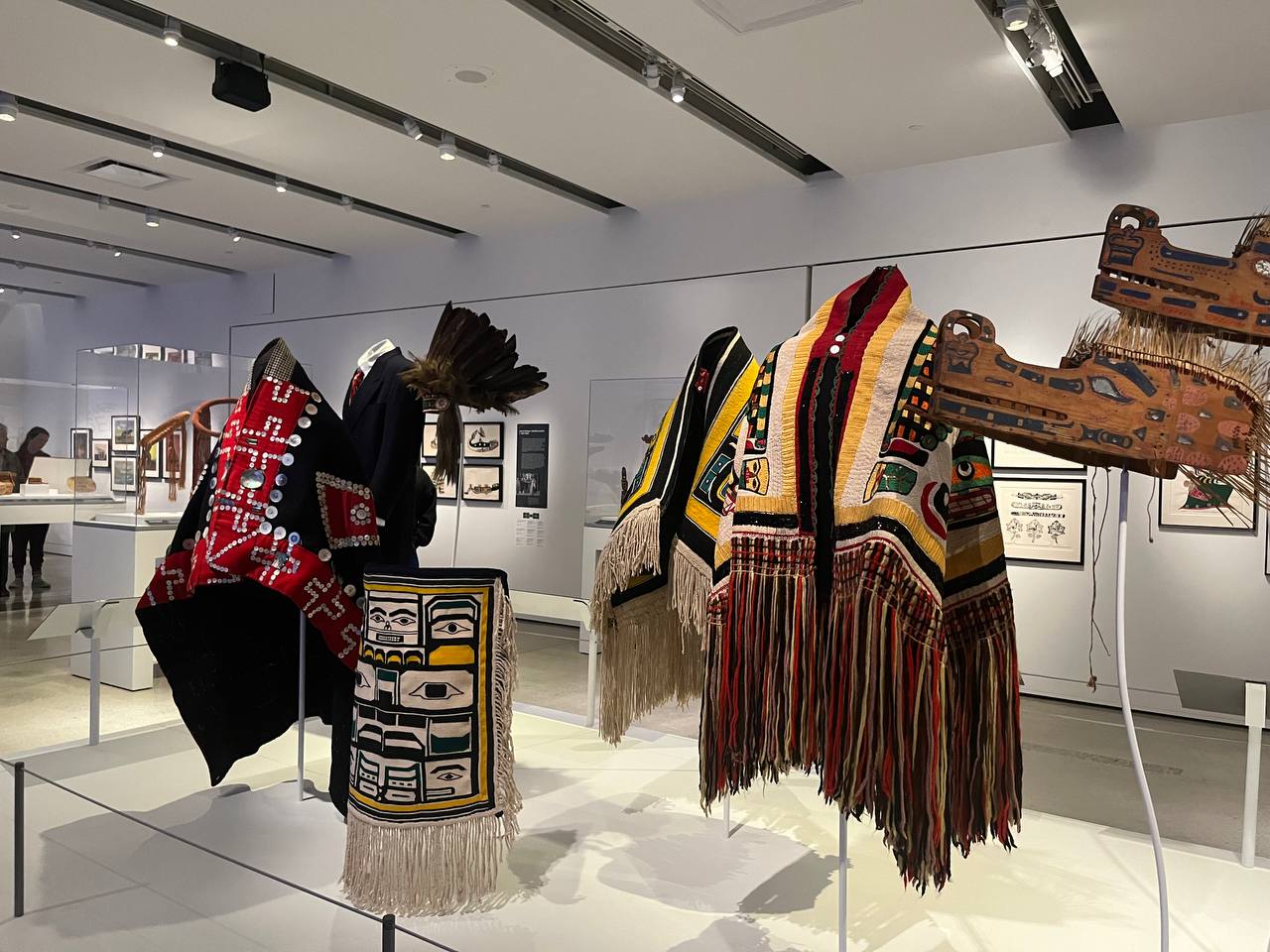
There were pieces from China, Thailand, Papua New Guinea, the Philippines, and other cultures from every corner of the world. I honestly was just so overwhelmed by the amount of things they had that it made going around a bit difficult as I was just awestruck by everything I saw. I think I ended up spending 3-4 hours in that museum, and I could’ve stayed there a lot longer but I started to get hungry.
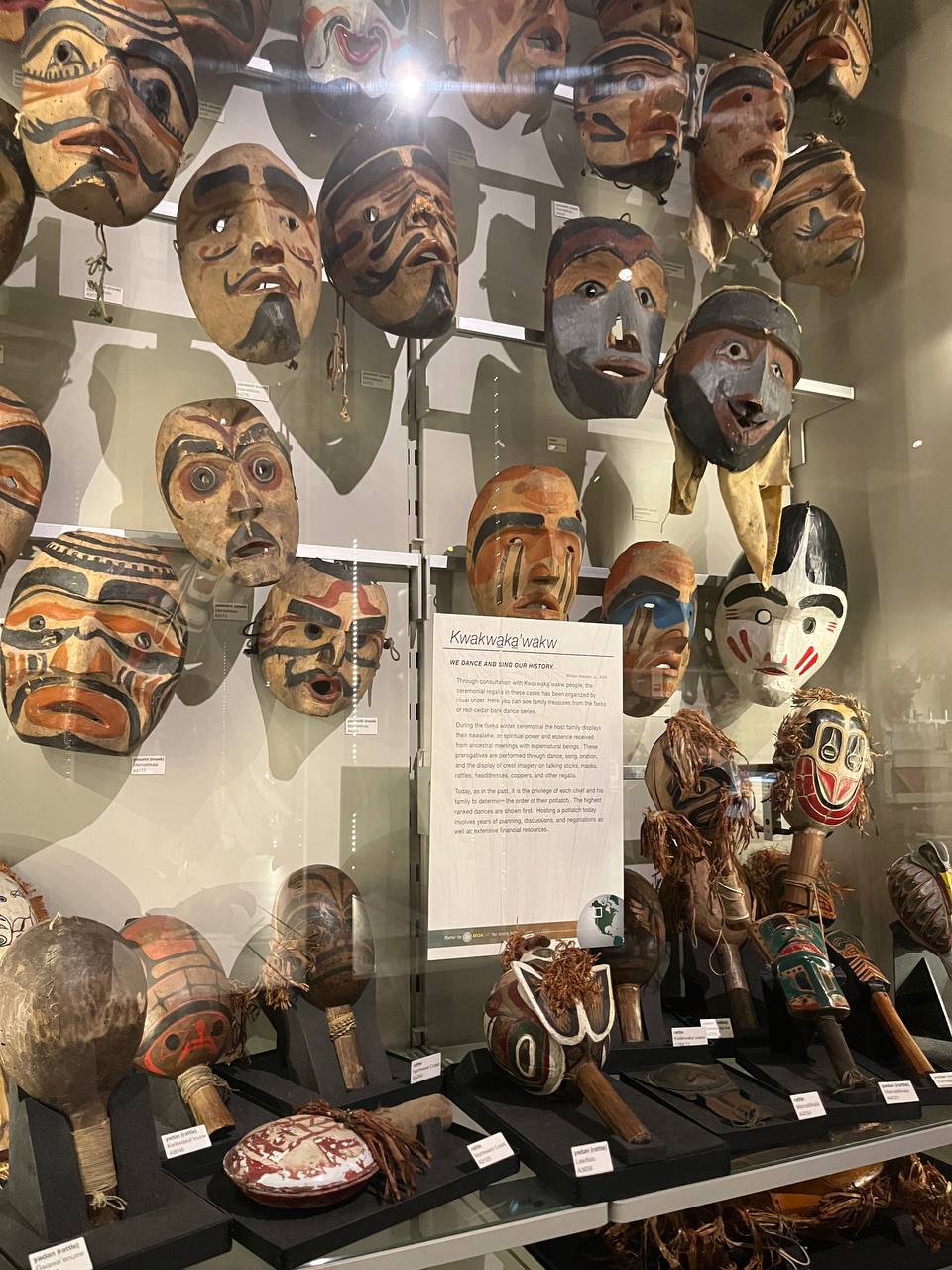
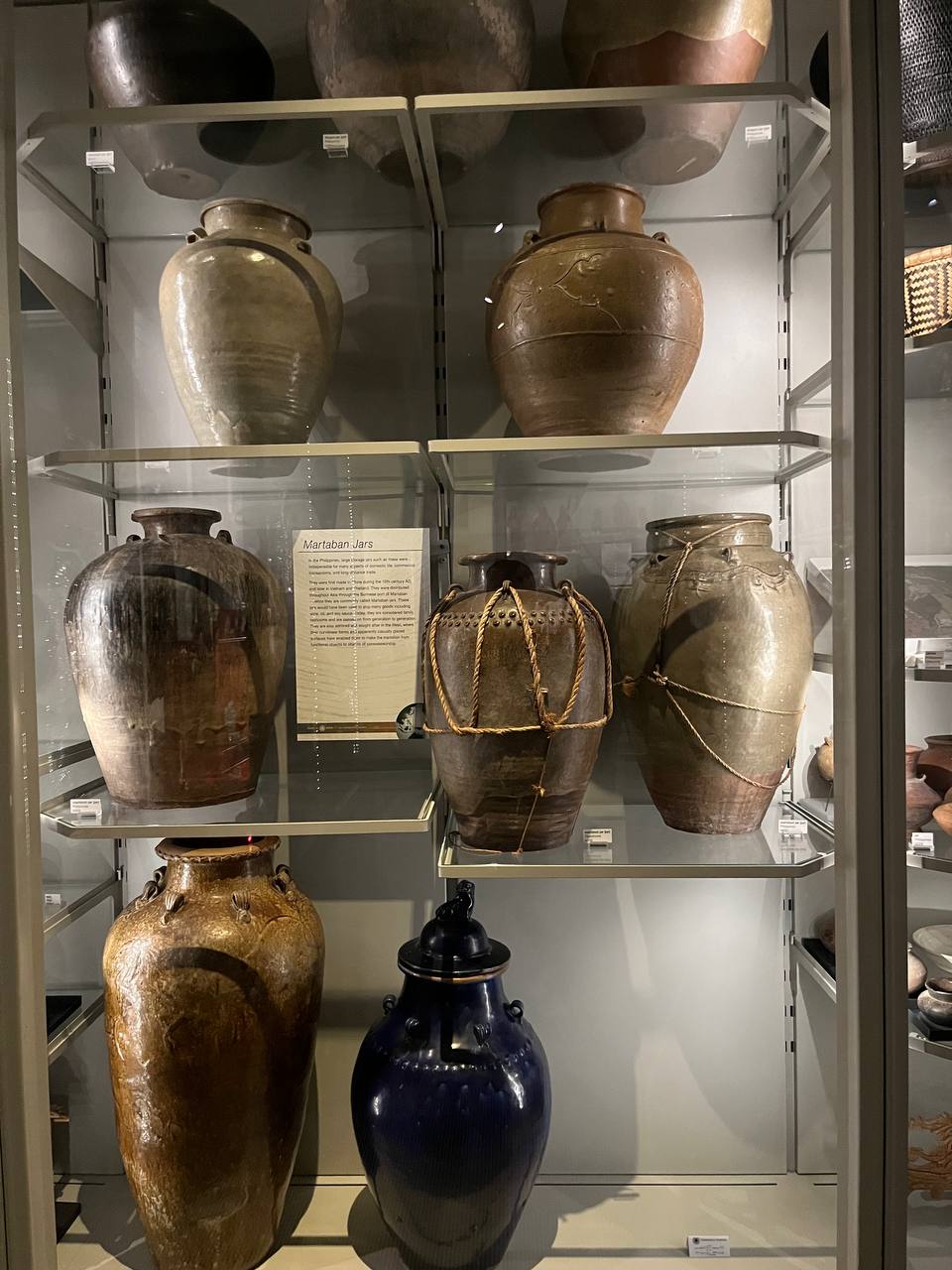

After viewing that museum, I exited the building only to find out that it was raining. I was still pretty hungry so I looked up the nearest Tim Hortons, which was just a ten minute walk from the museum, and decided to go there. Good thing I packed an umbrella to save me from the rain. I quickly sauntered my way over to the Tim Hortons. Once I got there, I ordered a flatbread pizza and a hot chocolate. It was nice getting to sit by the window, watching the rain as I warmed myself up with my drink. Once I finished, I headed over to my second museum of the day: The Museum of Vancouver. I ordered an Uber, hopped in, and was soon back in Kitsilano, which was where the museum was located.
Vancouver: A History
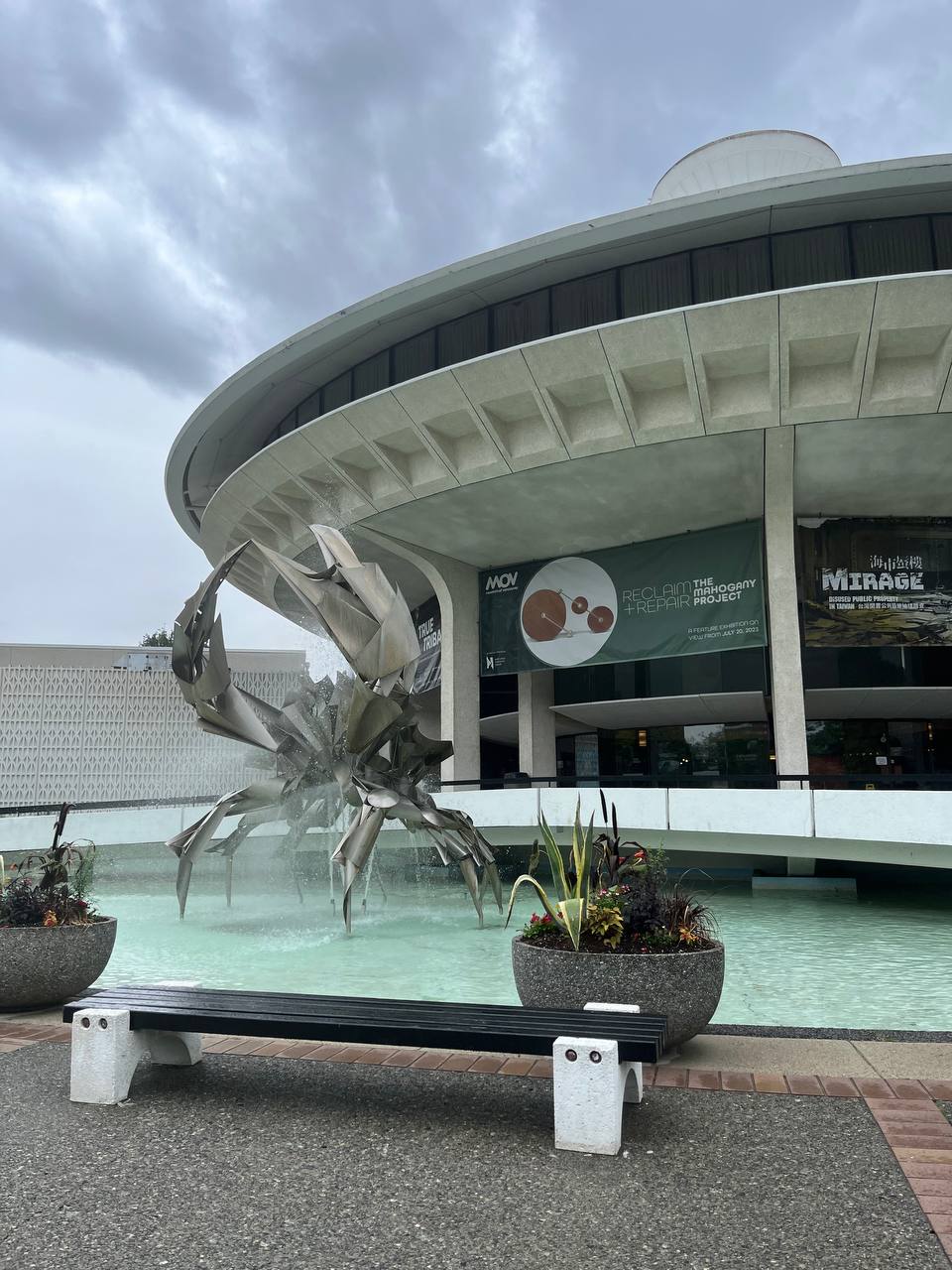
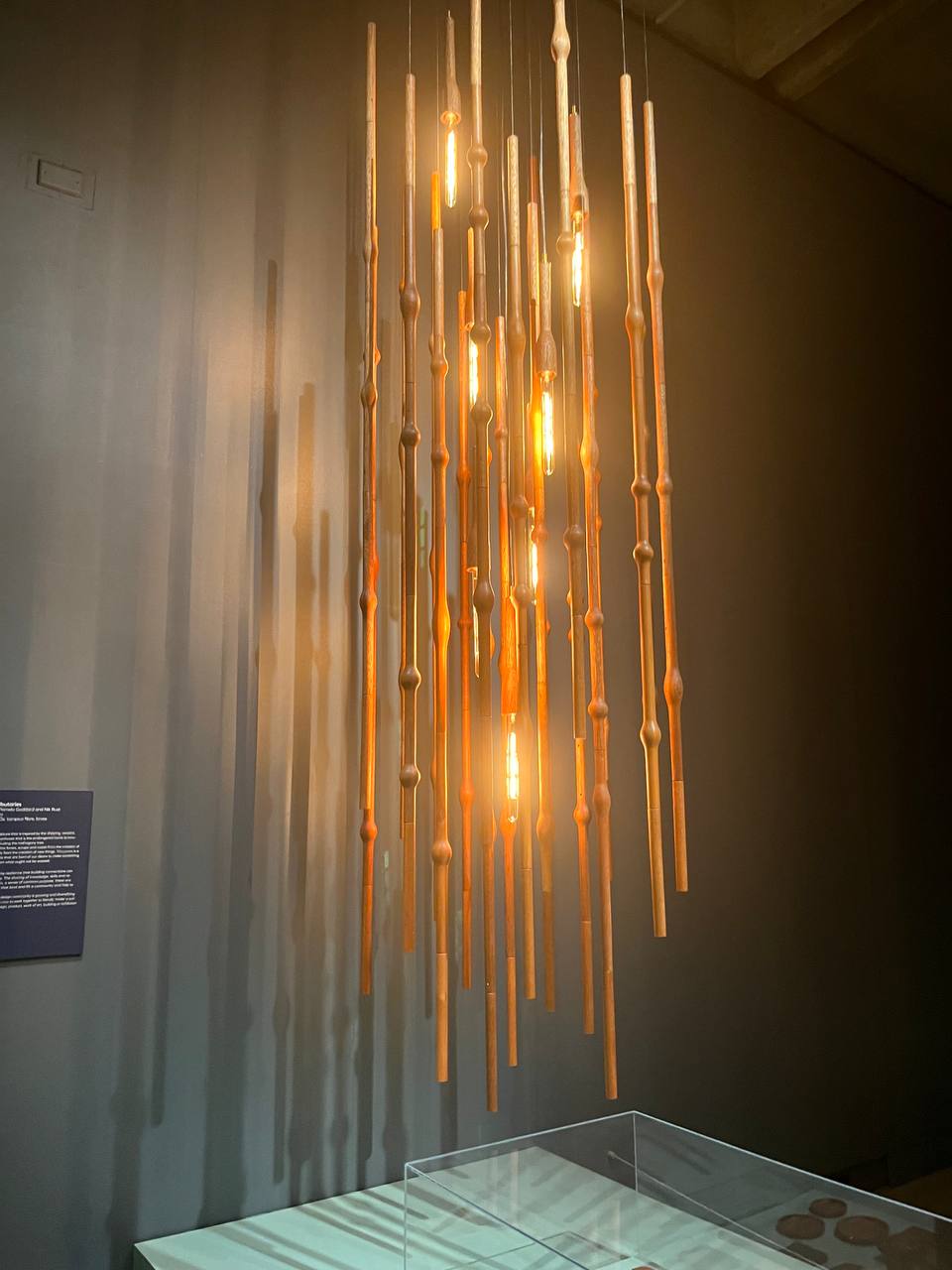
Noted as Vancouver’s preeminent civics history museum, the Museum of Vancouver is made up of several unique galleries, with the one I was most interested in being the gallery on Vancouver’s history. There were a few exhibition galleries as well, which included one that featured different wood carvings as part of an art competition held in Vancouver. There was also an exhibit featuring abandoned buildings in Taiwan, and another on the former city that stood where Vancouver currently stands.
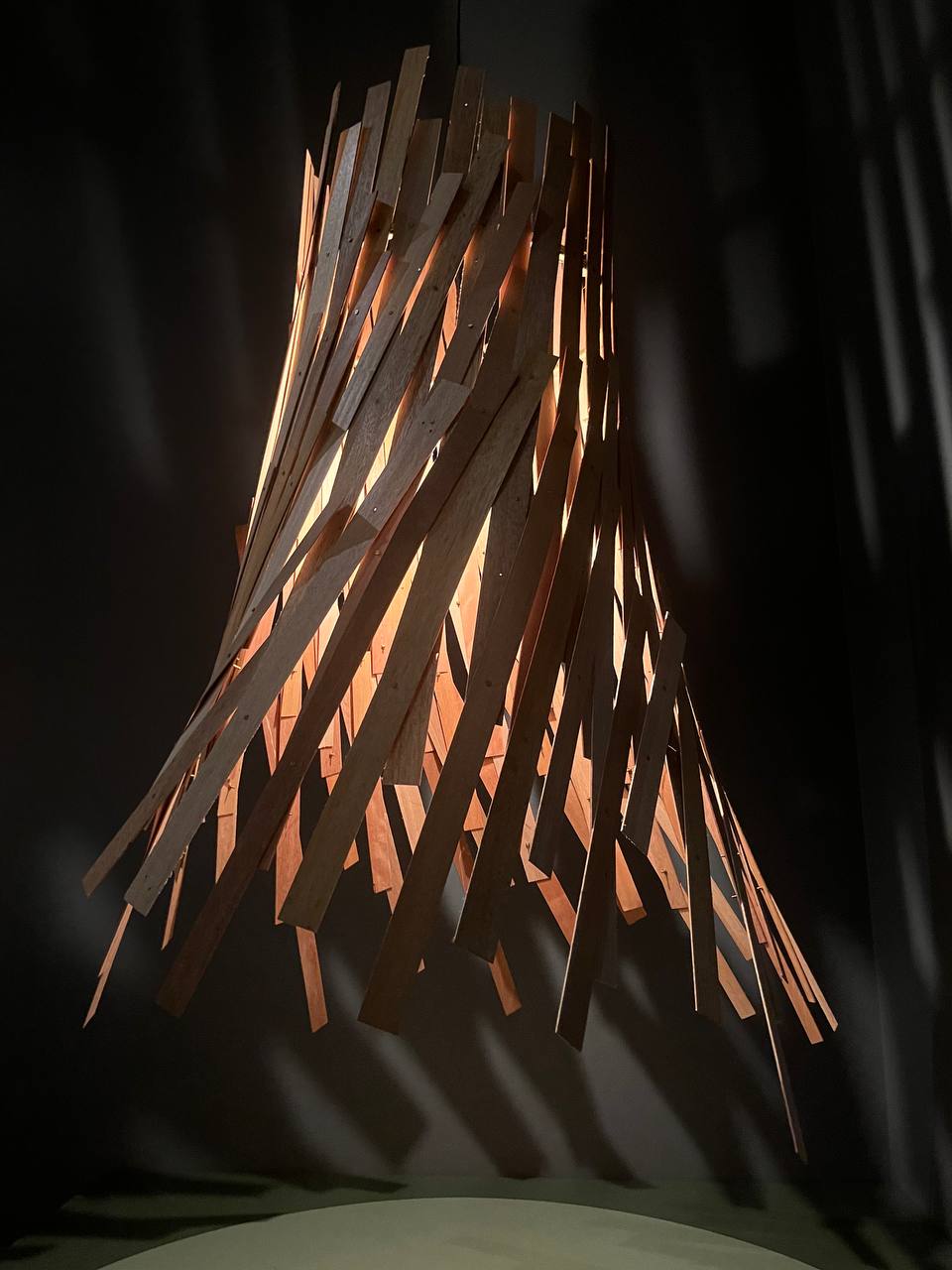
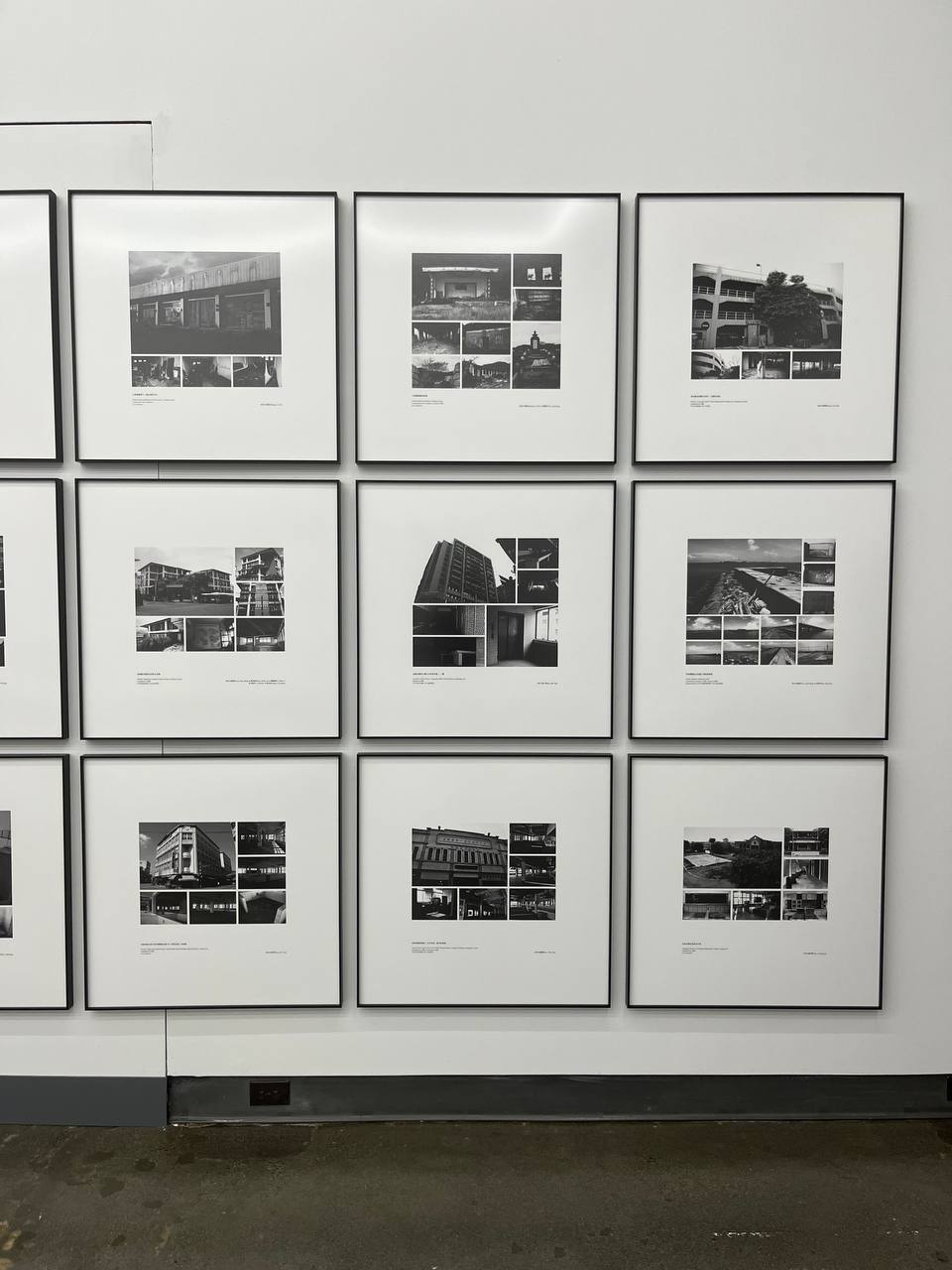
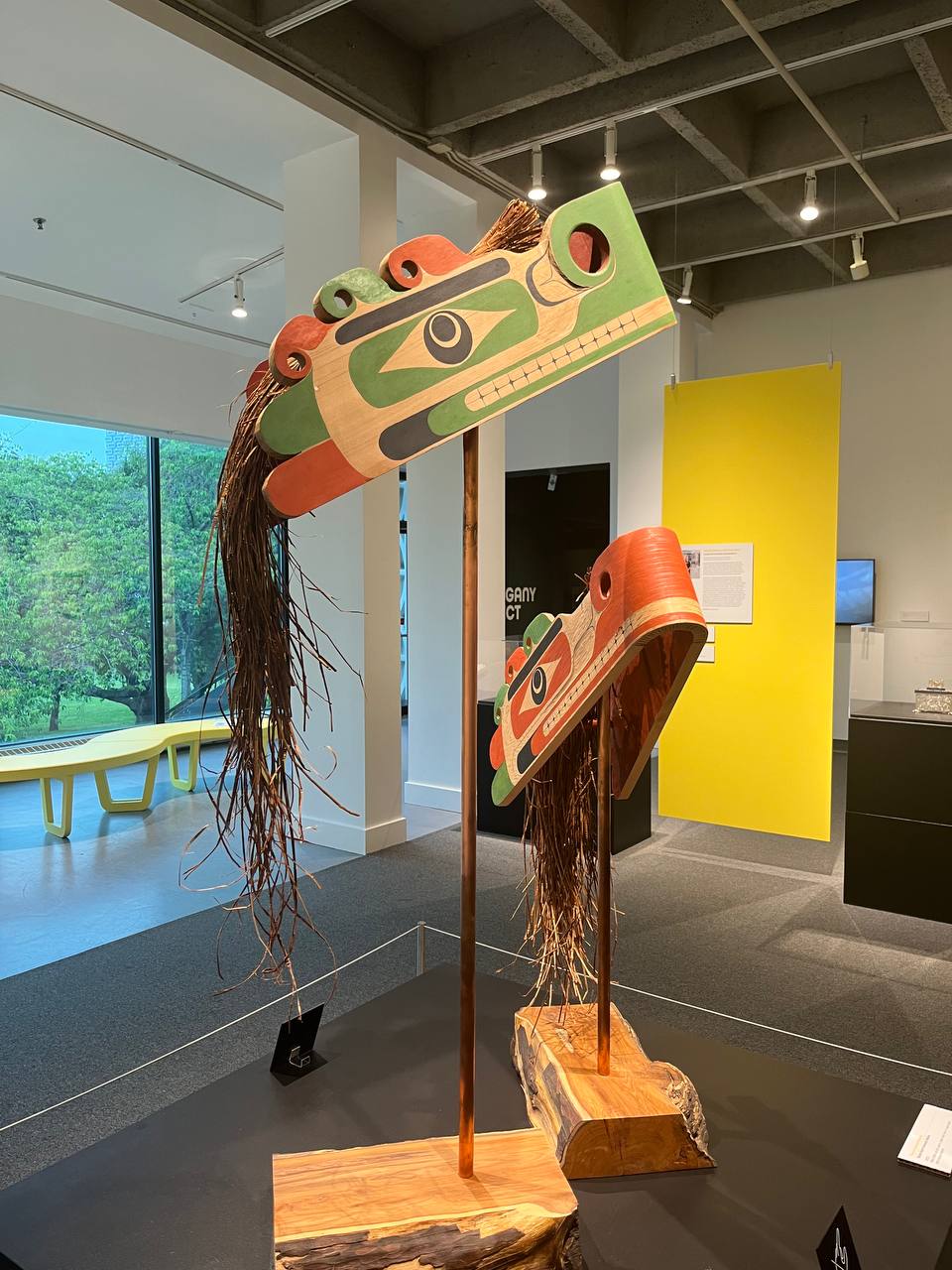
But the highlights were the history galleries. They were separated into the 1900s-1920s, the 1930s-1940s, the 1950s, and the 1960s-1970s. Each gallery was well designed and contained a plethora of relics that were local to the time period. It reminded me very much of the National Museum in Singapore, albeit on a much smaller scale. It covered everything from the migration of people from Asia to Vancouver, to the technological revolution that happened after the war and how each major event during those time periods affected the everyday life of people In Vancouver.
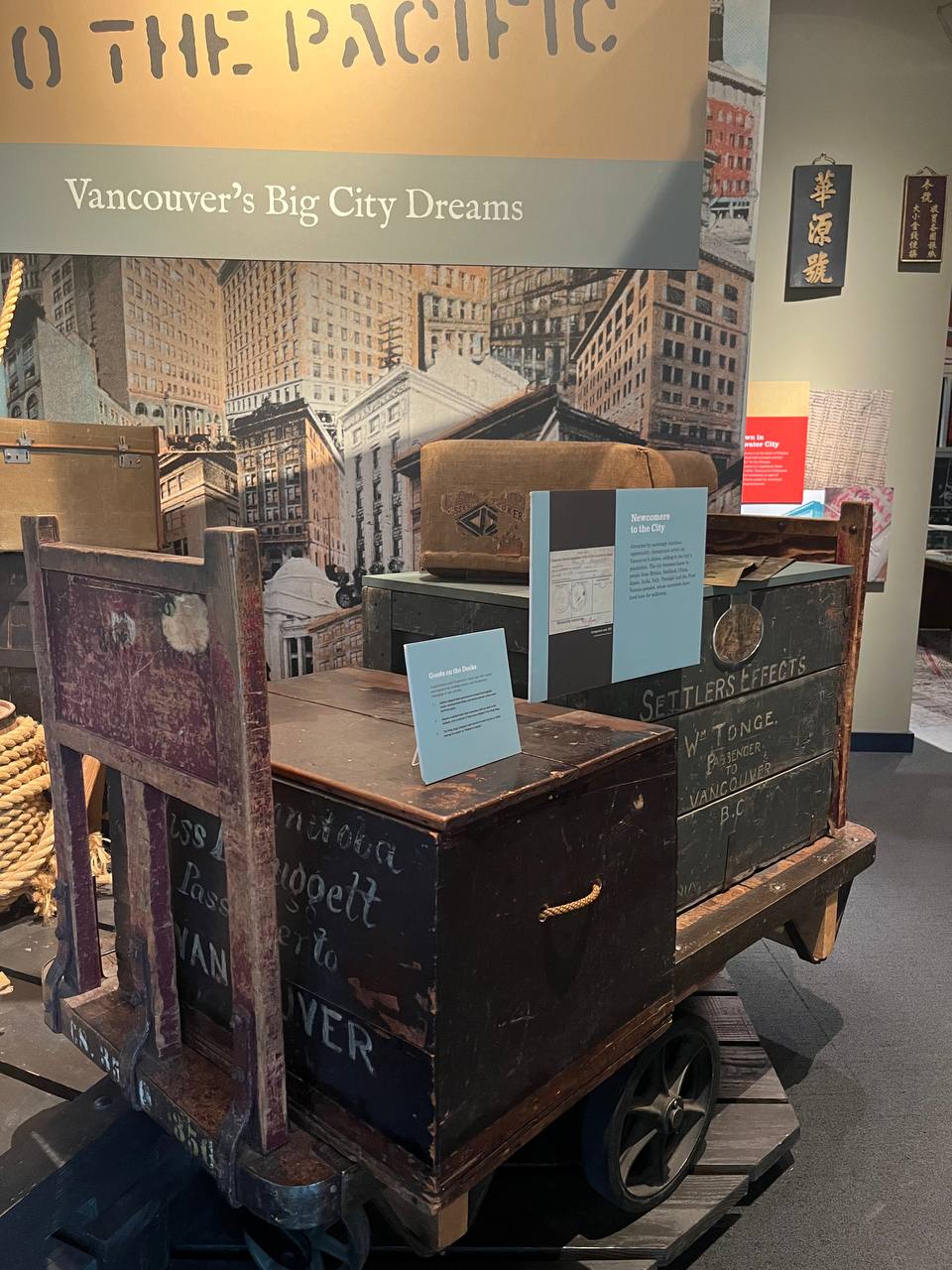
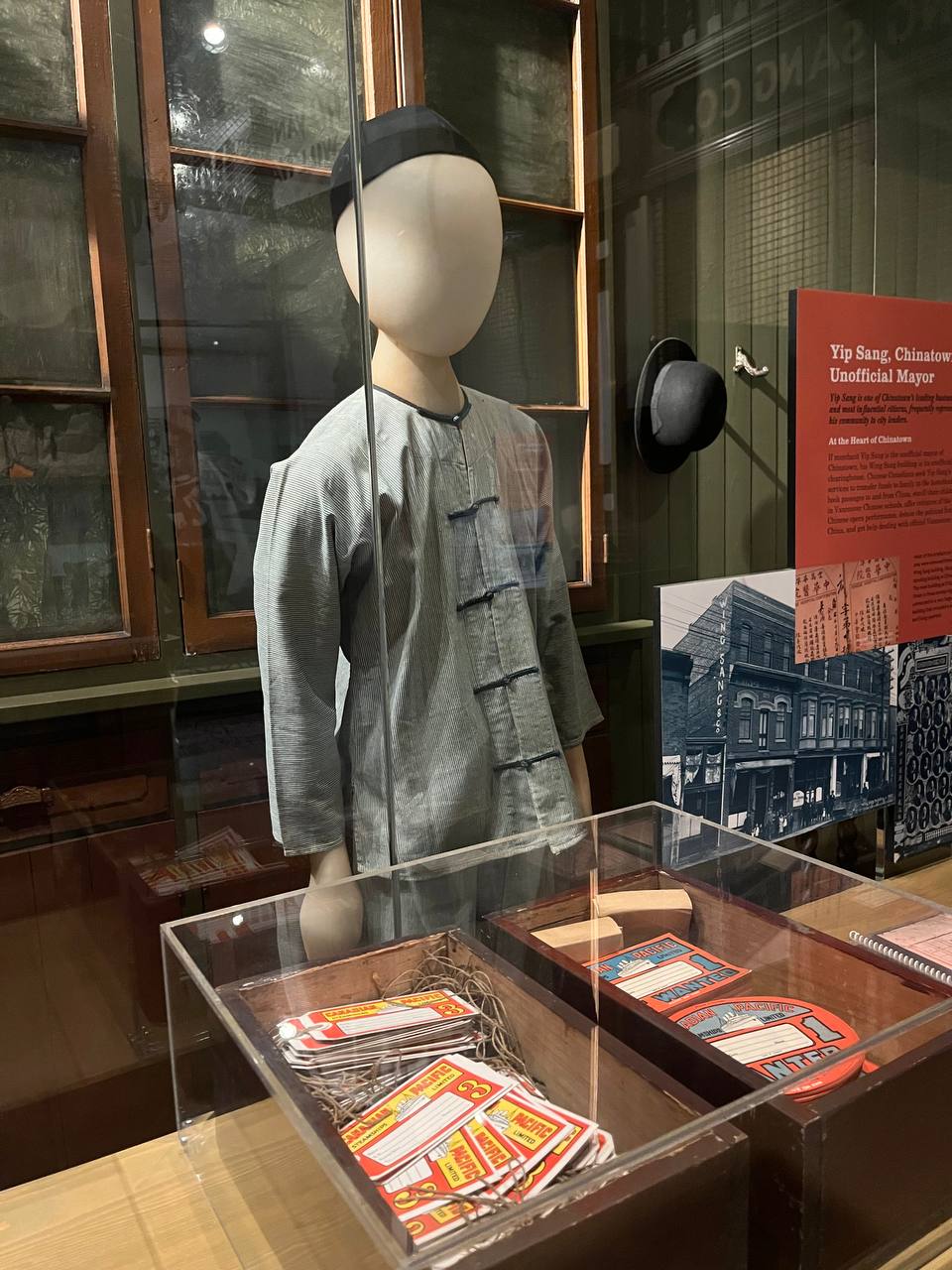
On display in the museum were artifacts like clothing, newspapers, appliances, cars, letters, and a whole host of other things, all of which helped the museum weave an intricate narrative about the city of Vancouver. It was interesting to see how the city changed as the times changed, and how each new development changed the character of the city. The museum also did not shy away from explaining the injustices and discrimination that First Nations people experienced at the hands of colonizers. The Anthropology museum also did the same thing, which I think was the right thing to do. Deciding to acknowledge the way First Nations people were mistreated is the first step to rebuilding bridges with them.

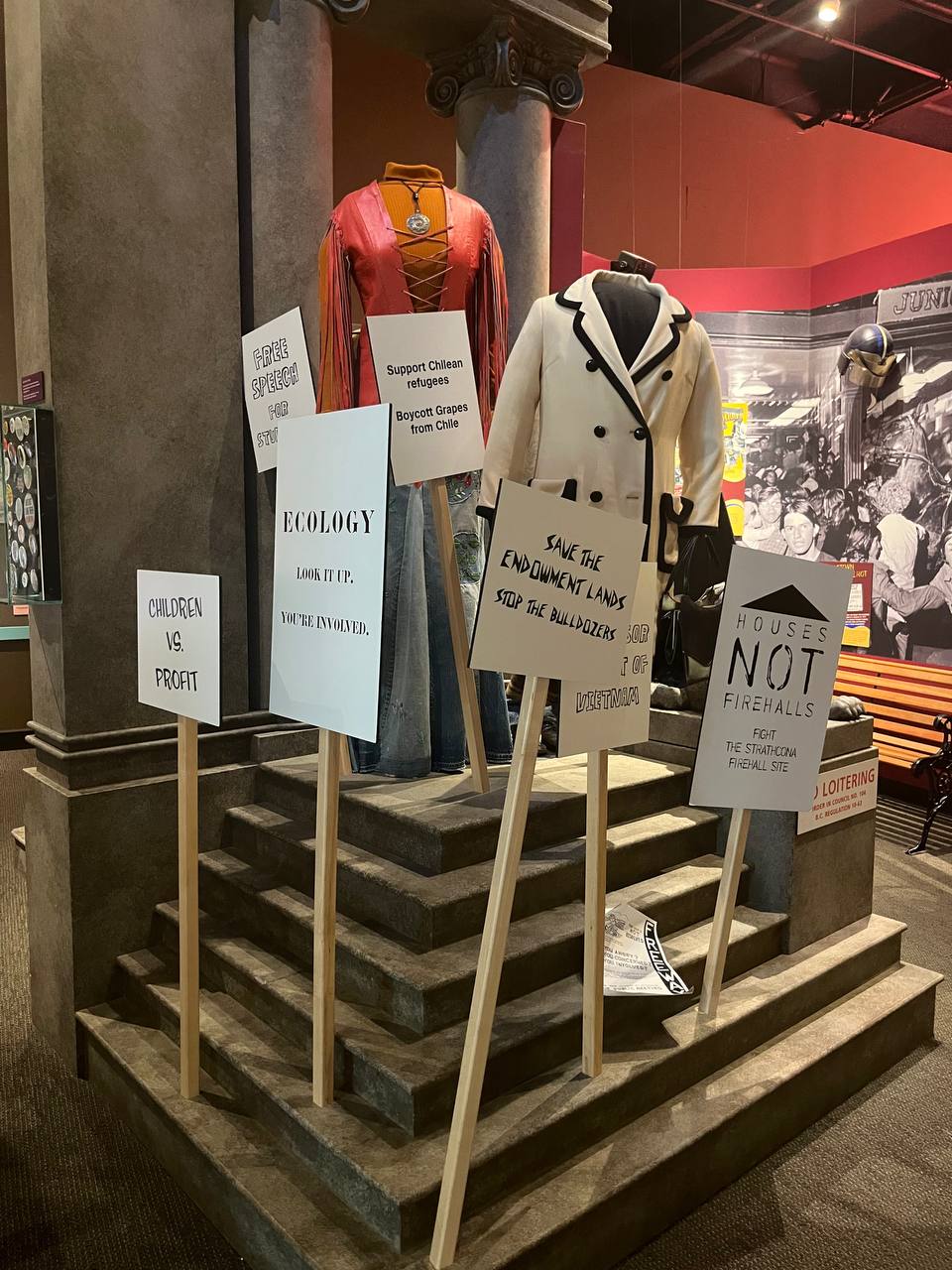
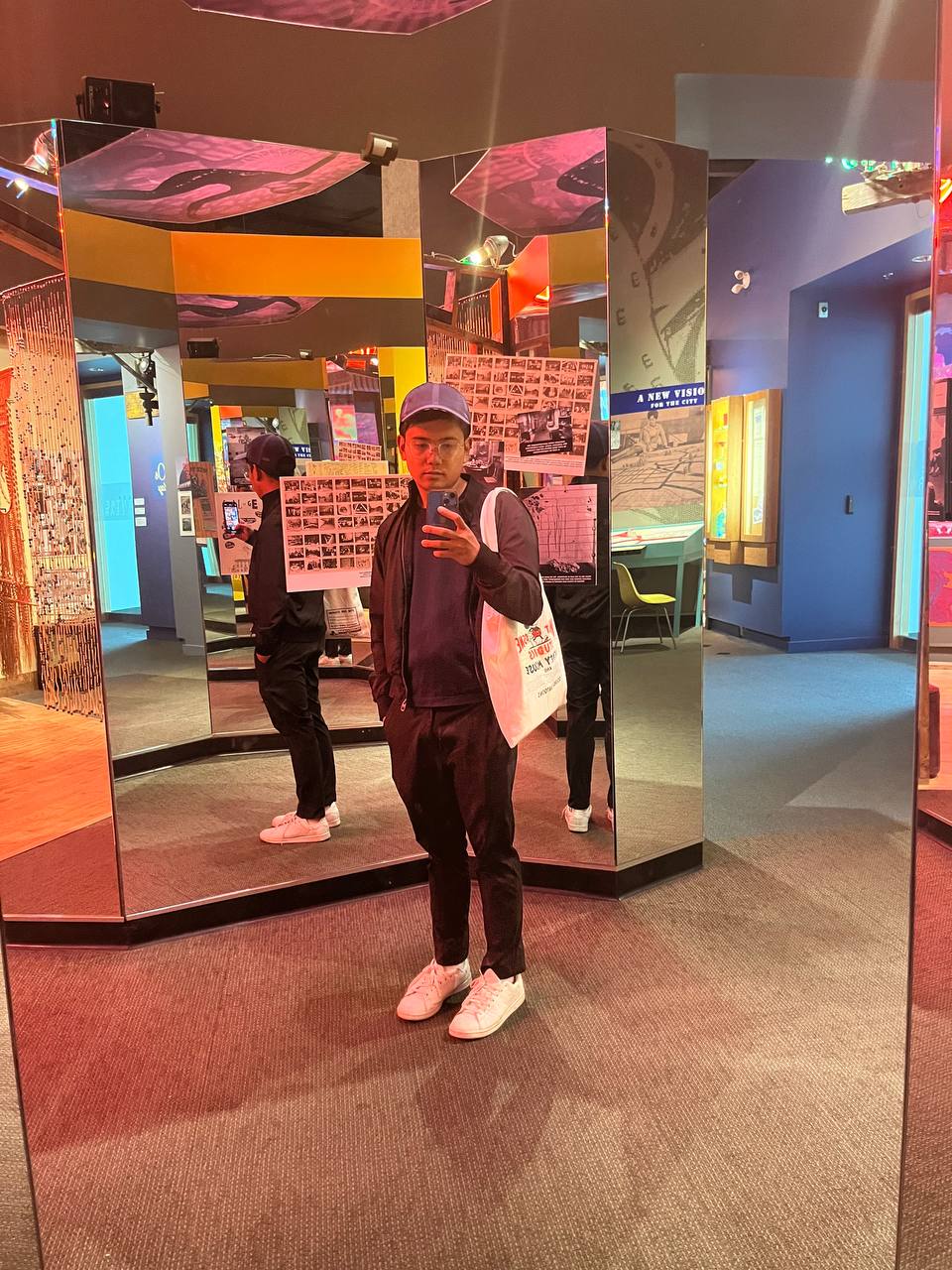
While I thought the museum was well done, it was odd to me that they stopped the galleries in the 1970s. Up until that point the galleries were very well constructed, and I just wish there were more information about Vancouver today. But I’ll take what I can get. Overall, it wasn’t the most eye-popping museum, but I did learn a lot from it and would definitely recommend a visit, although if you only have time for one museum, I’d pick the Anthropology museum over this one.
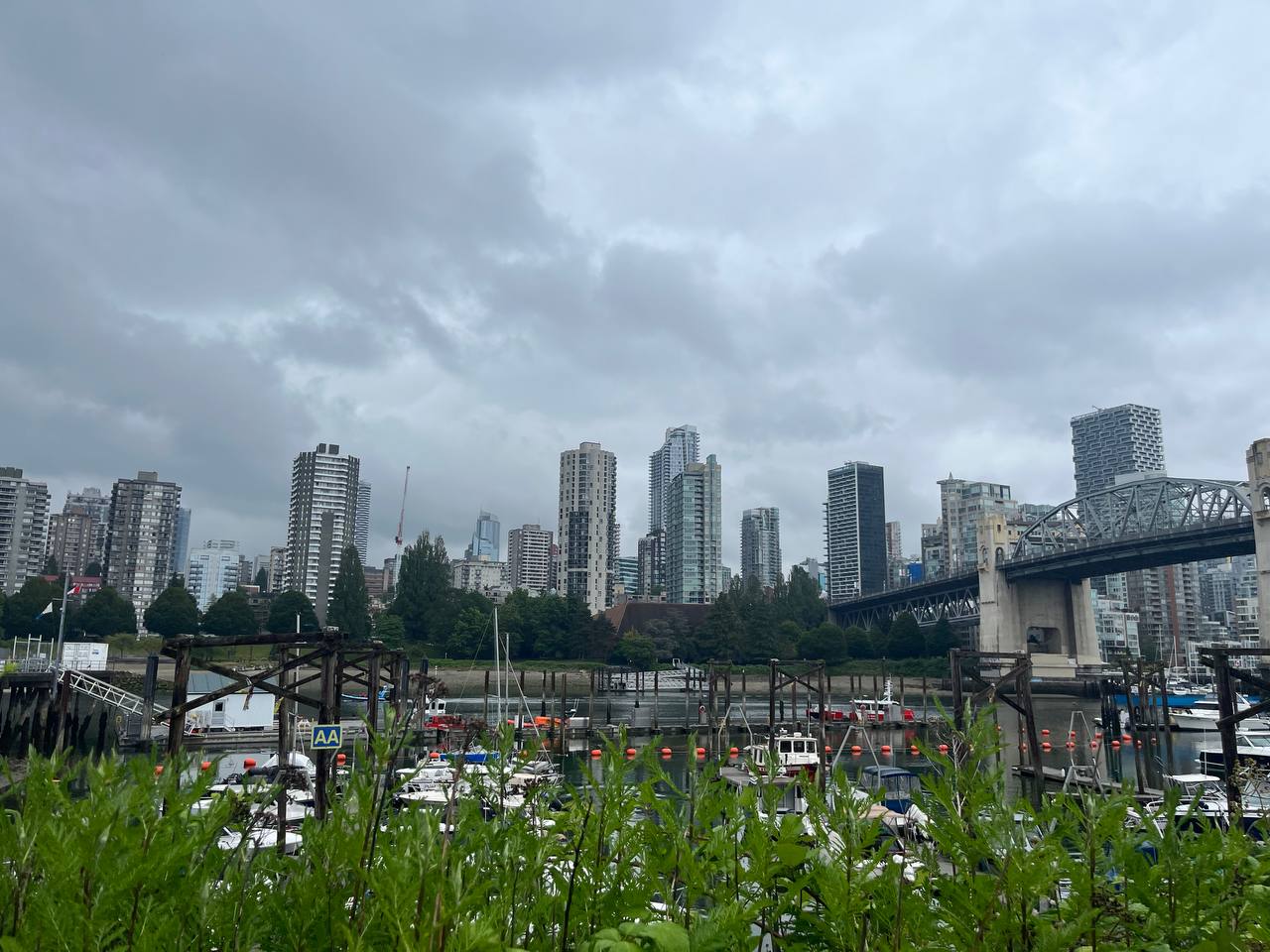
After touring the museum, I wanted to go back to Granville Island, especially after I saw that it was walking distance from the museum. So I plucked my umbrella out of my bag and slowly walked along the banks of False Creek until I reached Granville Island.
A Rainy Day in Granville
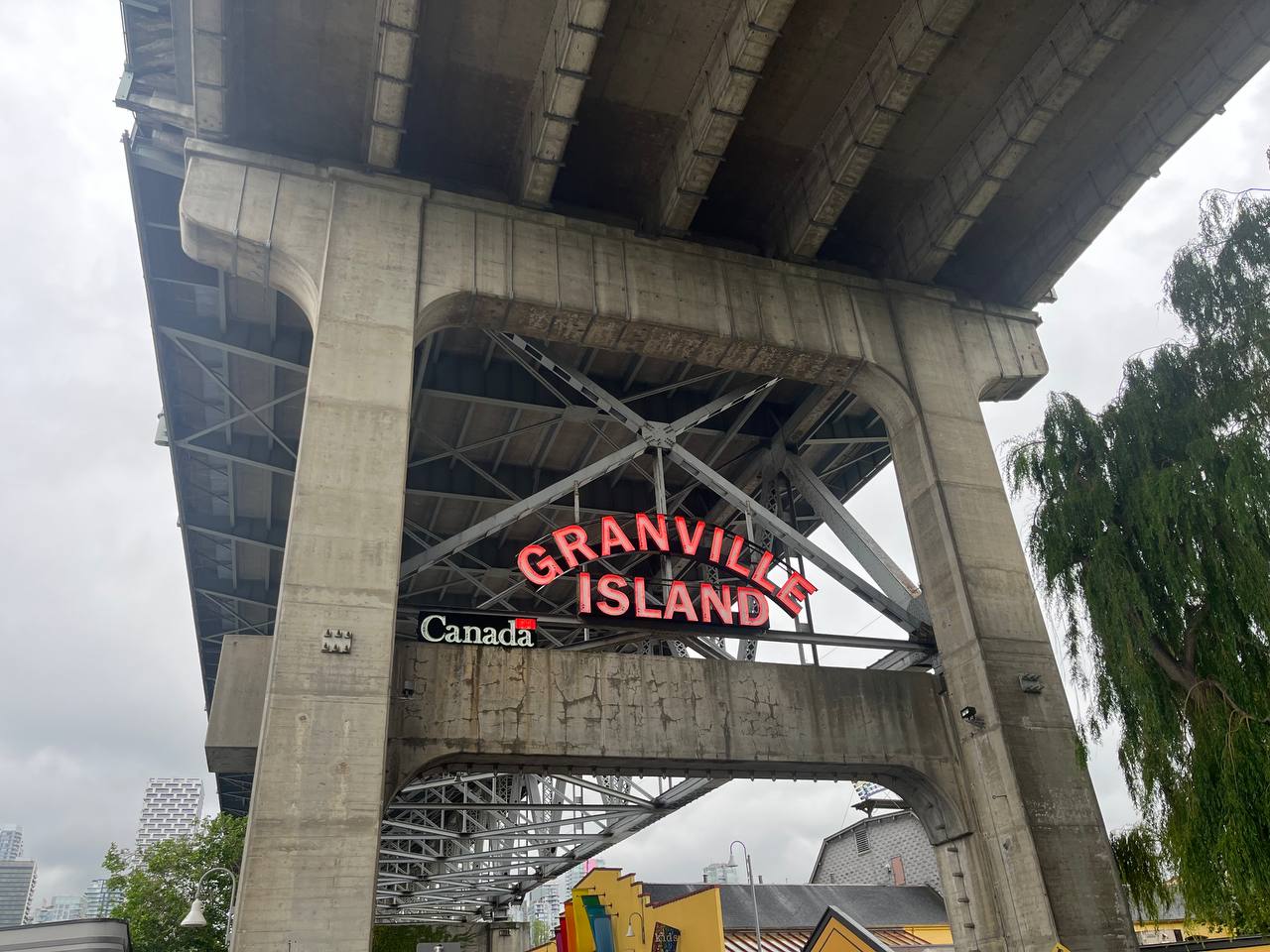
As soon as I arrived, I told myself I wanted to walk around again and see if I could discover new shops or restaurants. And within minutes, I had found a row of shops I never noticed before. These shops were souvenir shops, and it was there that I decided to buy souvenirs in the form of magnets, maple cookies, a small totem pole, and a shirt. I went through several of the souvenir shops before deciding on the ones I eventually bought.

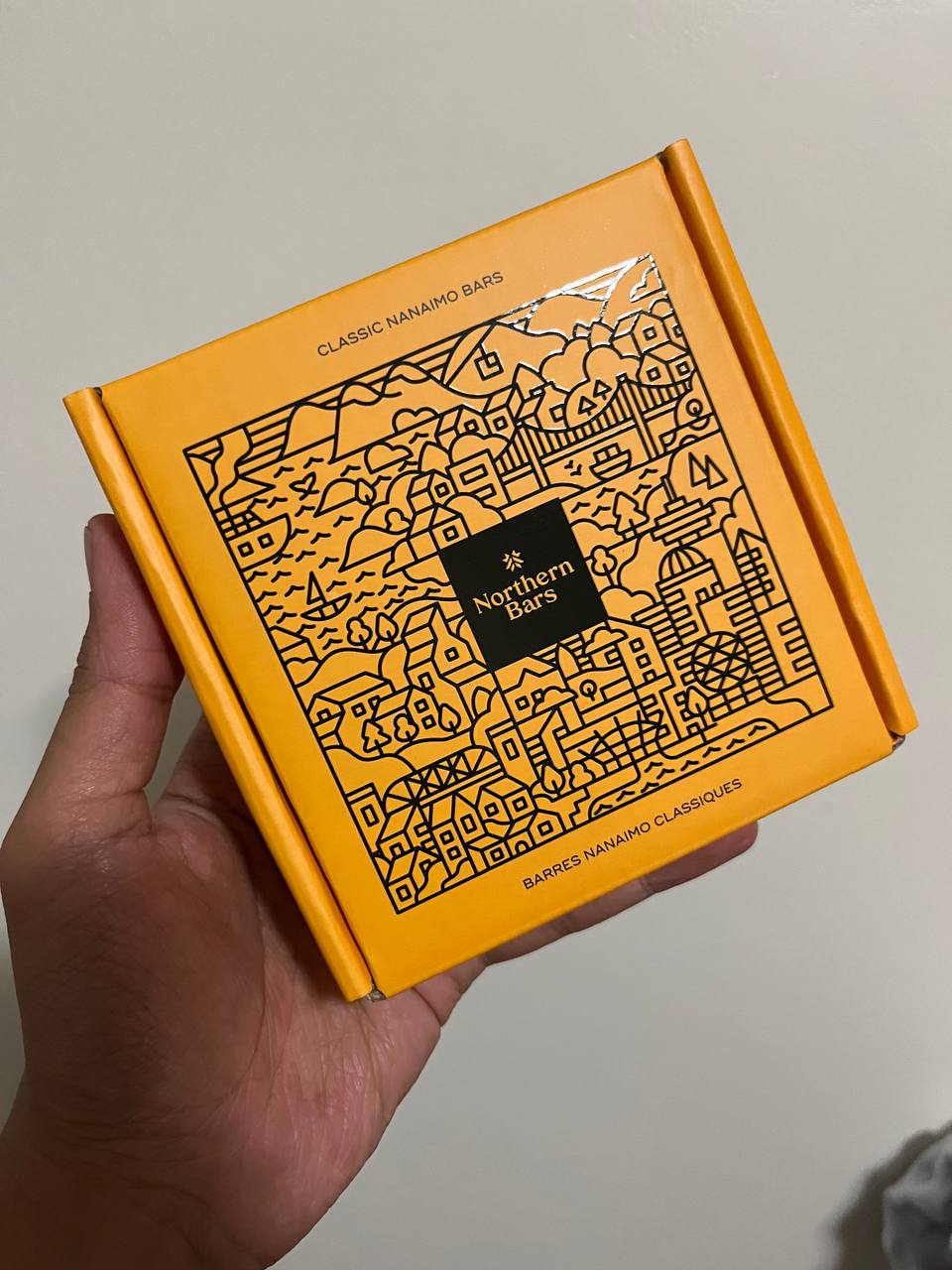
After going souvenir shopping, I decided to enter the market again. The market was less busy than the day before, and I was heading to one stall in particular that I noticed from the day before: the Nanaimo Bars booth. In case you’ve never heard about them before, Nanaimo bars are these chocolate bars that are a delicacy dessert of the British Columbia province. I noticed the stall the day before but wanted to do research to see if they were worth buying. Once I confirmed that they were a Canadian food staple, I bought some for myself. And let me tell you, they were DELICIOUS. I don’t know how to describe them other than they were so rich and full of flavor. I ended up going back just to get more.
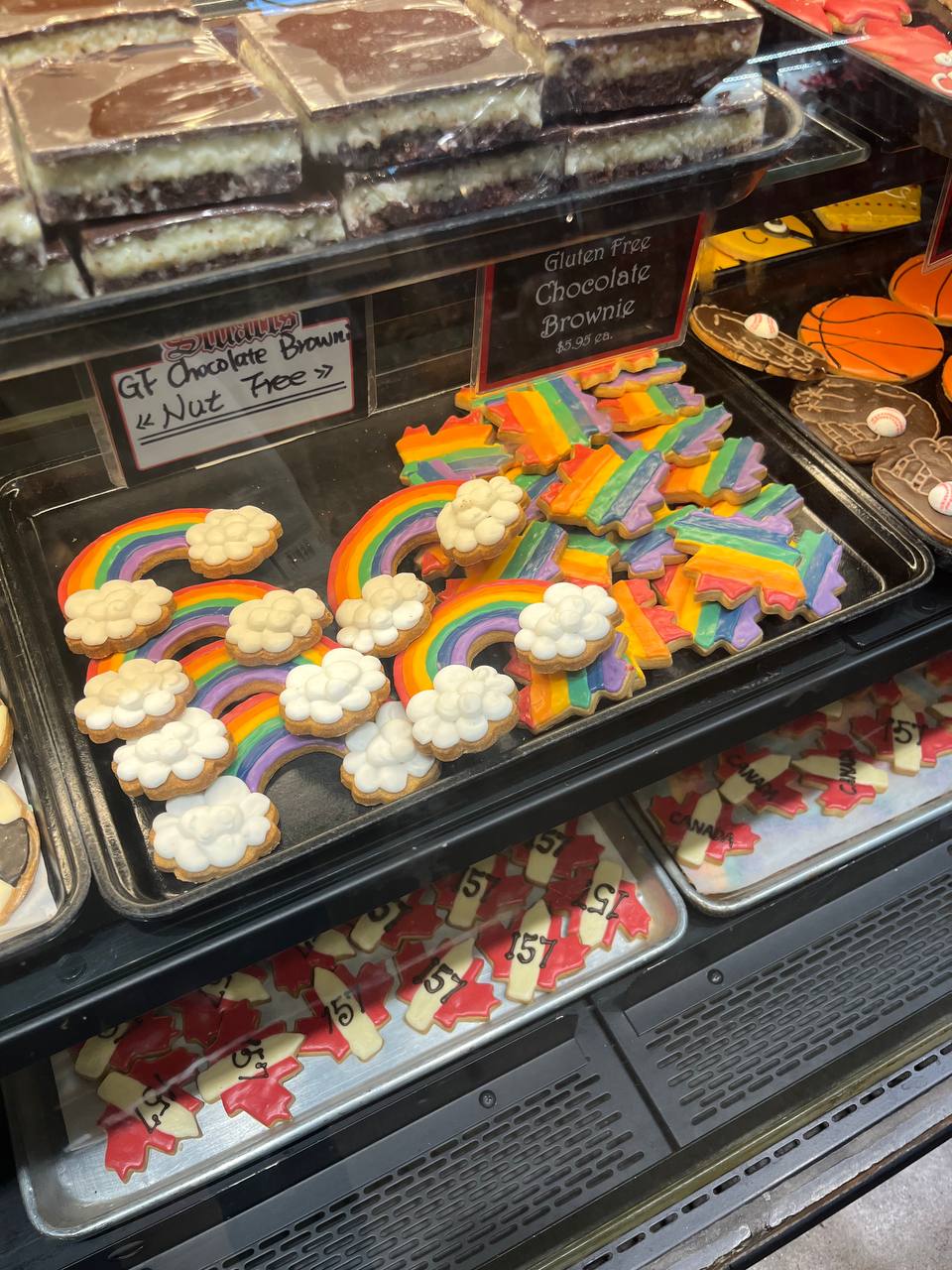
After touring the market for a bit, I walked to the nearest bus stop that serviced my Airbnb, rode the bus home, and decided to rest in my Airbnb for the rest of the day (at this point it was 6pm). I took a shower, did some work, and turned in early, and so ended my museum day in Vancouver!
Watch out for the next installment of these trip reports, which will be about my trip to the Capilano Suspension Bridge Park!
Vancouver, Canada ‘24 Trip Reports Introduction
Vancouver, Canada ‘24 Trip Report Part One: Almost Denied Boarding & The Most Beautiful Park
Vancouver Canada ‘24 Trip Report Part Two: The Most JAM PACKED Day Ever Part 1
Vancouver Canada ‘24 Trip Report Part Three: The Most JAM PACKED Day Ever Part 2
Vancouver Canada ‘24 Trip Report Part Five: 200 Feet in the Air
Vancouver Canada ‘24 Trip Report Part Six: Climb Every Mountain







Leave A Comment